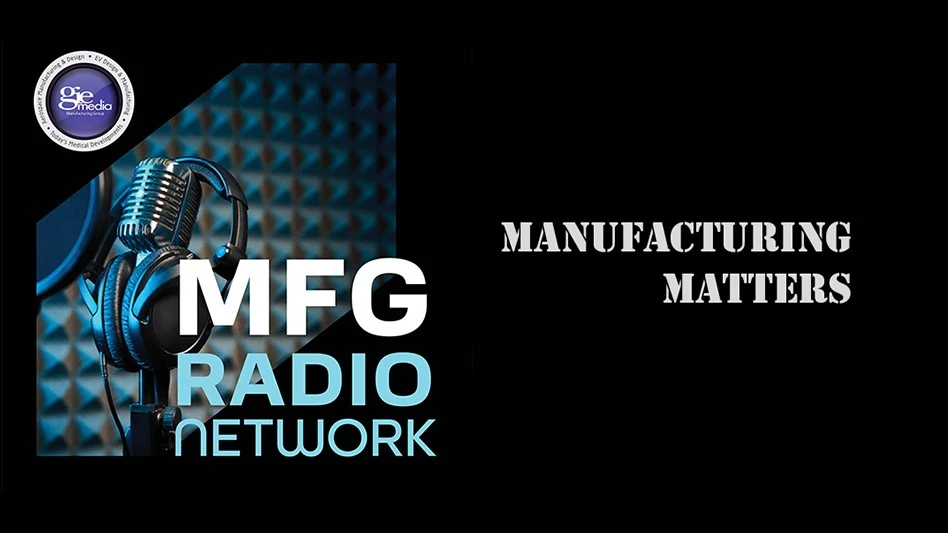
Ohio Lt. Governor Jon Husted
Ohio Lt. Governor Jon Husted, Director of the Governor’s Office of Workforce Transformation (OWT), announced Ohio’s Electric Vehicle (EV) Workforce Strategy, which is a strategic plan created to strengthen and build Ohio’s advanced manufacturing workforce, specific to electric vehicles. The strategy was developed in collaboration with industry partners, employers, education and training organizations, and community partners across Ohio to identify, and find solutions for, workforce gaps in the industry.
The Lt. Governor announced the strategy at the Mahoning County Career and Technical Center (MCCTC) in the Youngstown area. MCCTC currently has a waitlist for incoming students and has been an early adopter of career technical programs related to the EV industry.
“We have developed this strategy to build the workforce we need to support the EV and advanced manufacturing industries and secure these businesses and jobs in Ohio for the future,” said Lt. Governor Husted. “As we look to the future, every economic sector must have a workforce strategy and we want the EV and advanced manufacturing sectors to know Ohio is ready for you to grow.”
The strategy’s plan includes:
- Establishing a statewide EV industry sector partnership with regional implementation
- Driving EV industry desirability and career awareness
- Broadening the EV workforce talent pool
According to the strategy, it’s anticipated that more than 25,000 new jobs will be created by 2030 through a combination of EV manufacturing and maintenance, battery development manufacturing and charging station installation and operations. That level of growth, nearly a 30% increase over the current automotive manufacturing sector workforce, will require industrial and academic sectors to fully recalibrate learning pathways, scale training and skilling opportunities through programs like TechCred and IMAP, and increase the workforce to power the advanced manufacturing future.“
Today, the automobile industry faces new opportunities and challenges brought by the transition to EVs,” says OMA President Ryan Augsburger. “Not since the implementation of the assembly line has America’s auto industry faced so much change so quickly. Much is at stake for Ohio during this transition. The OMA applauds Governor DeWine, Lt. Governor Husted, and the team for their pro-active vision. Ohio manufacturers look forward to helping lead Ohio’s EV workforce strategy.”
To read the full strategy, visit Workforce.Ohio.gov/EV.
Latest from EV Design & Manufacturing
- March Manufacturing Lunch + Learn with Quell Corp.
- March Manufacturing Lunch + Learn with SMW Autoblok
- Hyundai announces $21 billion investment in U.S. automotive, advanced manufacturing industries
- ZOLLER celebrates 80th anniversary with Open House & Technology Days
- Solid end mills reduce cycle time up to 90%
- WeaveGrid’s electric vehicle charging solution receives AESP 2025 Energy Award
- Sensata launches advanced safety monitoring device for electric vehicles
- Security and sustainability in the electric vehicle battery supply chain





